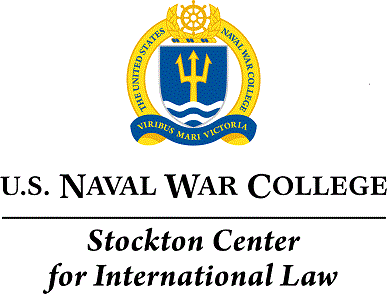
Abstract
Although the prohibition of the use of force is a cornerstone of international law, our understanding of what constitutes a “use of force” under Article 2(4) of the UN Charter nonetheless continues to evolve. While the term was traditionally understood to mean armed force, emerging interpretations are expanding our understanding of the prohibition’s breadth. The Charter’s text, travaux préparatoires, and subsequent interpretations and practice by States, reinforced by the persuasive reasoning of the International Court of Justice, all confirm that the notion of force extends to indirect force, which includes military support provided to parties to a conflict. Yet, to date, States have failed to meaningfully contend with the notion of indirect force, much less clarify its precise threshold. Accordingly, through the lens of the Russia-Ukraine conflict, this article examines whether and, if so, when a State's military aid or assistance that contributes to another State's use of force constitutes a separate and distinct use of force under international law. After concluding that aid or assistance can, under certain conditions, qualify as a use of force, the article proposes several non-exclusive factors that States are likely to consider when assessing whether aid or assistance from a supporting State crosses the prohibition’s threshold.
html
